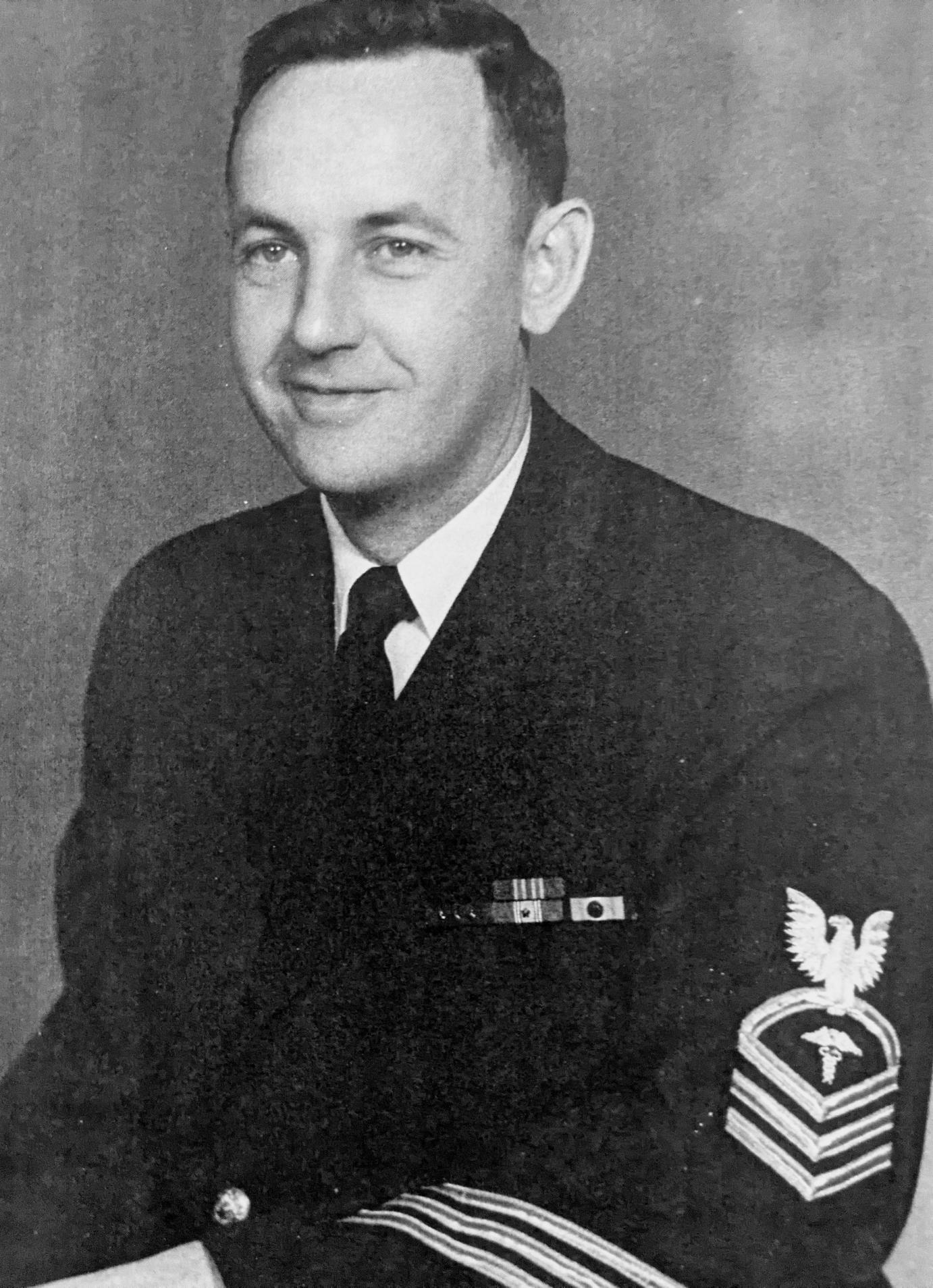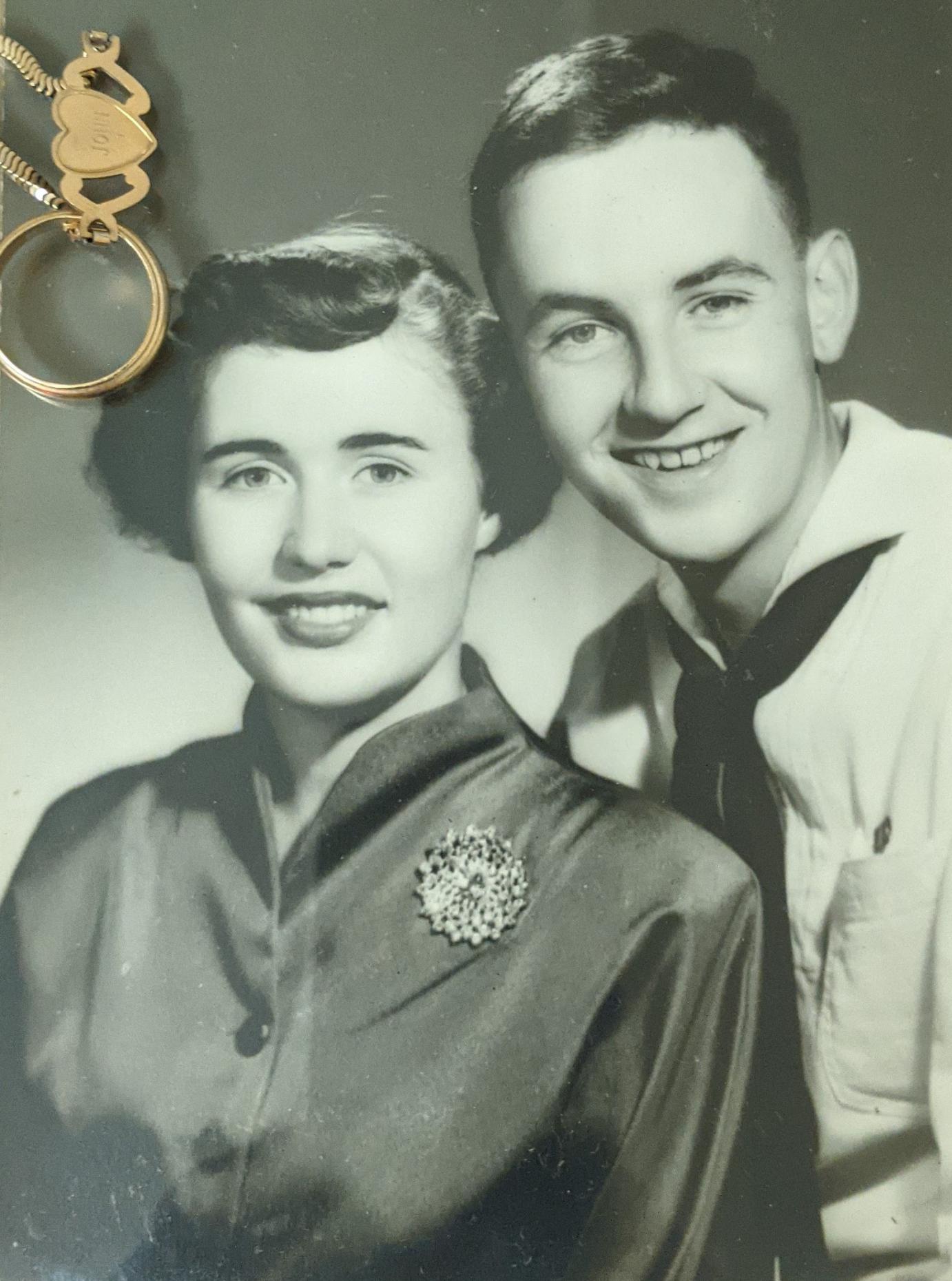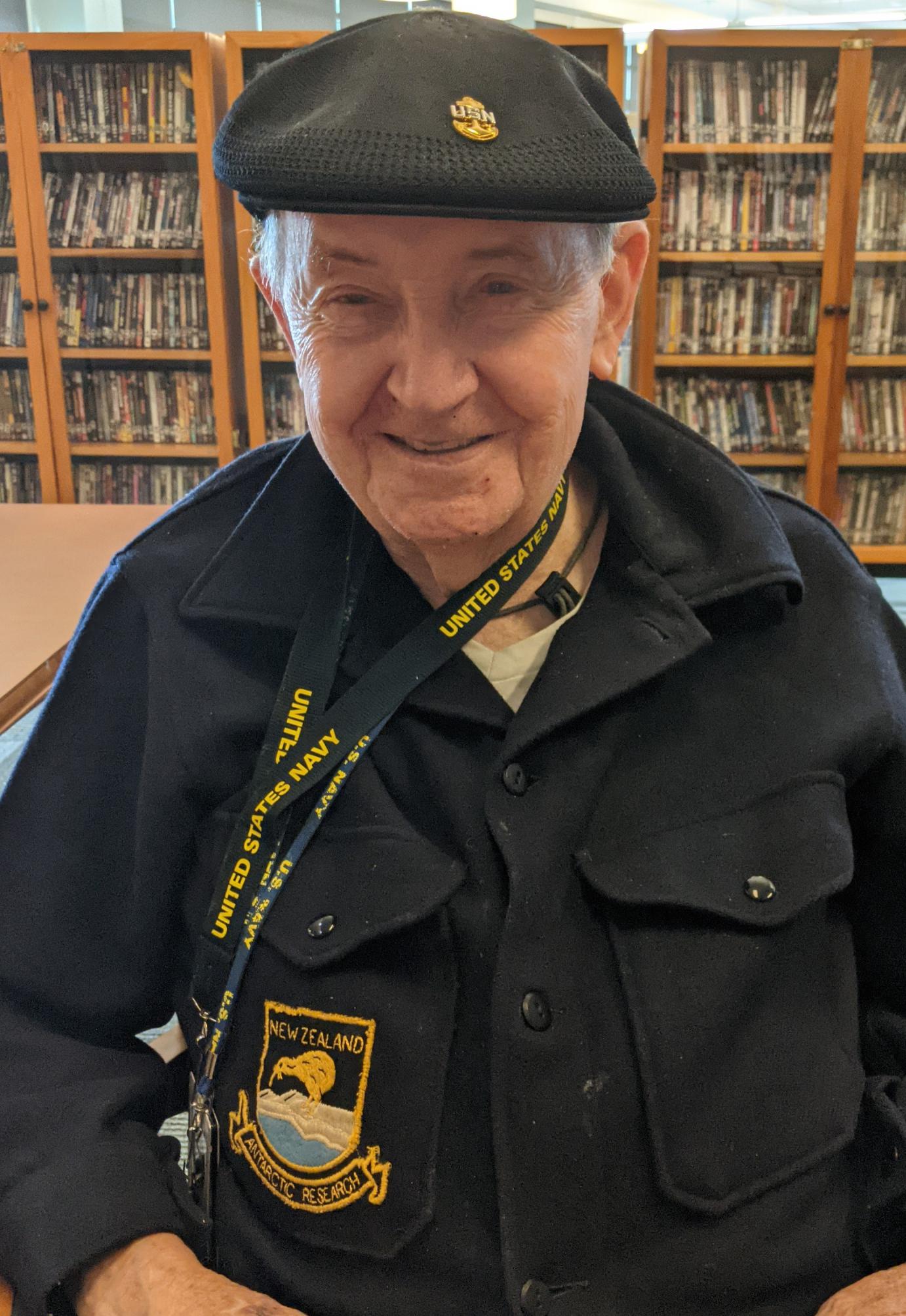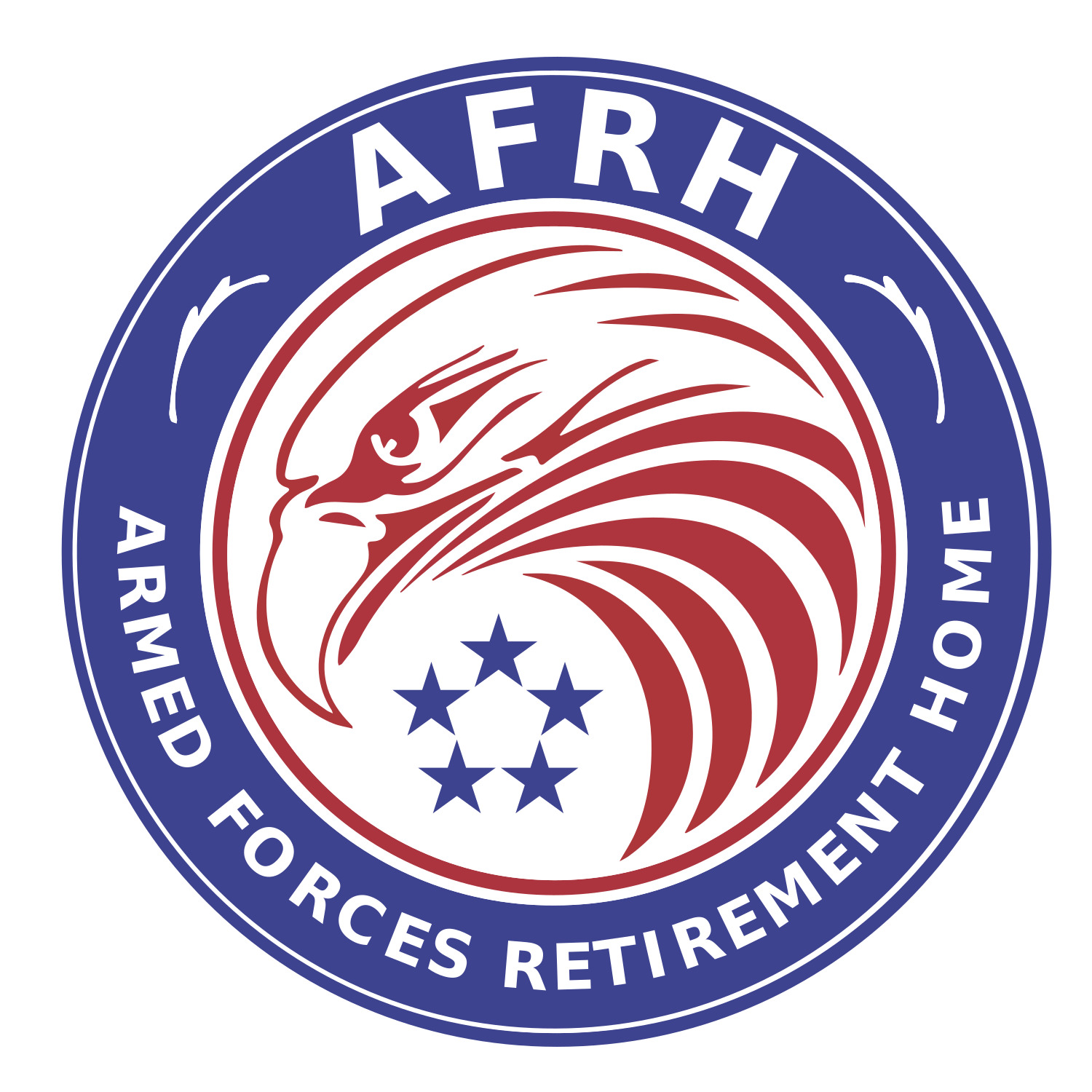


AFRH-W Resident Highlight – John Orr
By PK Knor | AFRH-W Resident
John Orr was an only child born on 17 Aug 1935, in Chicago, IL to Jay C. and Catherine (Kitty) Gillard Orr. After WWII, they moved to Horton, KS, which was the Orr family’s hometown. John was a musician who played the piano and, in a marching band he played the sousaphone. John loved gardening and had an enormous vegetable garden from which he sold bushels of produce to the local Safeway market. With the money he earned he purchased his first car, a 1935 green Chevy, which had only one owner, two sisters. (When one sister drove the car, the other would sit behind her and make the hand turning signals!) He graduated two years early from high school and worked as a photo engraver apprentice.
At 18, he joined the Navy and was sent to California for both basic and hospital corpsman school, and was stationed there afterwards at the Naval Hospital in Camp Pendleton. During his time there, the Navy enlisted 1,000 Puerto Rican sailors to fight in Korea, and they came down with various childhood viruses because they had not been vaccinated. John was in charge of a ward of 70 of these “tough” sailors, who had either mumps or measles. While taking their temperatures, one “rough” guy bit the thermometer in half and swallowed it. John got a cup of hot coffee, added a ton of salt, forced the man’s throat open and made him drink it until he threw up the mercury thermometer. The next day, when John reported for his shift, he found the troops standing at attention and saluting him.
From here, John went to Fleet Marine School and was assigned as HM2 Staff NCO, to regimental sick bay, H&H Company, 3rd BN, 8th Marines, Camp Lejeune, NC. Here he had to follow Marine training in mud crawling, weapon cleaning, physical fitness, etc. During one inspection, John was carrying his Med Unit One case, which he had to have for emergencies. As it turned out, LTG Chesty Puller was conducting the inspection. He stopped in front of John, asked him about the case, and then had him lay out all the supplies and explain the use of each item. John got a “well done” along with his photo and story in the base newspaper. John also traveled with the Marines to Diego Garcia, an island in the Indian Ocean, for maneuvers.
His next school was X-ray tech school in Bethesda, MD. He was then assigned to the Naval Hospital in Corpus Christi, Texas as senior corpsman of the X-ray department. He was a registered technologist, having passed the national radiology course at the American College of Radiology.
John’s next assignment was in Arkansas, where they were dismantling a Navy ammunition depot from WWII. He was an HM2 and was chief of every health service, from pharmacy to X-ray to insurance claims!
After 12 years in the Navy, John decided to leave and attend Kansas University as a pre-med student. John had gotten married in 1953 to Marjorie Barnard, from his hometown, and the family always lived together at his duty stations. They had four children: Jay E. (a lawyer and college professor); Cynthia Lou (Becker), (a registered nurse); John D. (senior inspector for the nuclear regulatory commission in FL.); and Jeannine (Best), (who graduated with honors as an engineer in the study of clothing and textiles). They have given him numerous grandchildren and great-grandchildren. During their time in Kansas, however, his children were young. The family’s time there was very difficult. His wife Marjorie found a position that was low paying, but it was almost impossible for John to find a part-time job to fit with his class schedule to support his family. After one semester, he knew this wouldn’t work, so he re-enlisted in the Navy.
With this reenlistment, he attended naval nuclear power school at Fort Belvoir. He was then stationed in the Antarctic at the naval nuclear power plant. (Another AFRH resident, William Palmer, flew John to the Antarctic.) During his time in the Antarctic, his family lived in California with his in-laws. John was the environmental safety officer at the plant. One day, the winds rose to 80 knots, and the heat was 100 degrees below zero, which caused the power plant to short out. With the temperature rising inside the reactor, the situation got critical. After eight harrowing hours, one of the equipment operators designed a way to reroute the steam condenser cold water to the primary cooling system and prevent a meltdown, unlike Chernobyl. Phew!
From here, John was assigned to CINCUS NAV Europe, London, England where he was chief petty officer in charge of the lab, X-ray department and main sick call for three years. He and his family crossed the Atlantic aboard the SS United States to this station. Later, they enjoyed traveling throughout England, N. Ireland and Scotland.
Chief Orr’s next position was as the radiological safety officer at the naval weapons station, Yorktown, VA. His duties had him traveling to the Philippines and around the U.S. to check weapons stations, while his family lived in Williamsburg, VA. John retired from the Navy, in Virginia, after 21 years.
John spent the next phase of his life at the School of Engineering at UCLA. He did some teaching, but his primary job was quality control of 74 X-ray machines at the School of Medicine. He would eventually retire from this position, too. John was instrumental in founding and organizing the Radiological Affairs Support Office.
After Marjorie passed away, his daughter helped him find AFRH-W. John has been here for six years and has been involved with poetry, the theater, gardening, the Defender’s Inn and Capitol Hill Baptist Church. He enjoys talking with his Navy friends, and he likes living in Washington, DC.
- Log in to post comments
